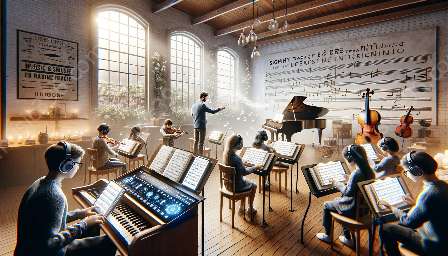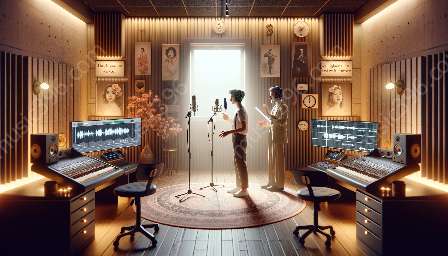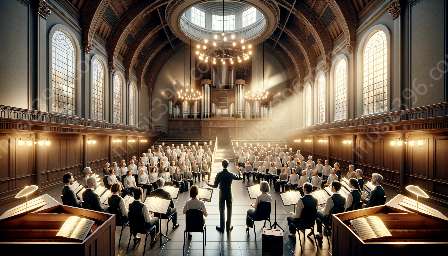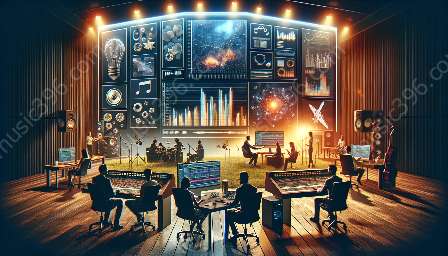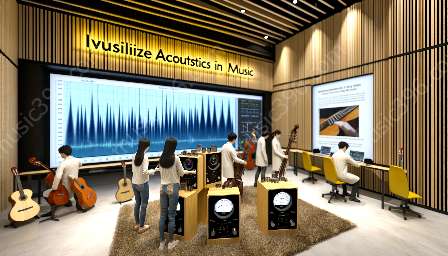Understanding the professional applications of sight reading and ear training in the context of music education is essential for musicians, educators, and enthusiasts. Both skills play a crucial role in developing musical abilities and are integral to the overall musicianship.
The Importance of Sight Reading and Ear Training
Sight reading and ear training are fundamental skills that contribute to a musician's proficiency in performing, composing, and improvising. Music education programs prioritize the development of these skills, as they are essential for musical literacy and expression.
Sight Reading
Sight reading is the ability to read and perform music notation in real time without prior preparation. It is a valuable skill for instrumentalists, vocalists, and conductors. Professional musicians often encounter sight reading challenges in studio sessions, orchestral performances, and collaborative projects. The ability to read music accurately and expressively on the spot is highly prized in the music industry.
Ear Training
Ear training involves developing the ability to identify and understand musical elements such as pitch, harmony, rhythm, and timbre by ear. By honing their listening skills, musicians can better interpret and reproduce music. In professional contexts, ear training enables performers to quickly learn and adapt to new pieces, improvise, and engage in ensemble playing with precision.
Professional Applications
Enhancing Musical Performance
Sight reading and ear training directly impact the quality of musical performances. Musicians who excel in sight reading can confidently navigate through new musical material, while those with strong ear training skills can accurately interpret and respond to musical nuances. Professional performances often demand musicians to learn and perform music efficiently, making these skills indispensable.
Teaching Aural Skills
Music educators rely on sight reading and ear training to cultivate aural skills in students. By incorporating these skills into music lessons, teachers can empower students to become well-rounded musicians with the ability to read and interpret music fluently, and internalize musical concepts through aural proficiency.
Music Production and Composition
In the realm of music production and composition, sight reading and ear training play a vital role. Composers and arrangers need strong sight reading skills to efficiently notate their musical ideas, while producers and engineers benefit from ear training abilities when making critical decisions in the recording studio.
Career Flexibility
Proficiency in sight reading and ear training enhances a musician's career flexibility. Whether working as a studio musician, an accompanist, or performing in diverse musical genres, these skills provide adaptability and open up opportunities for professional growth.
Conclusion
The professional applications of sight reading and ear training in music education are multifaceted and essential for musicians in various capacities. Understanding the significance of these skills empowers individuals to develop a comprehensive musical skill set that can lead to successful and fulfilling careers in the music industry.

